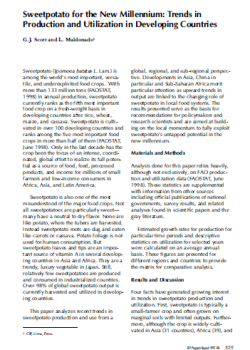

The research team developed a soil simulation model that includes the hydrological processes involved in peatlands as well as those connected to carbon storage in this organic-matter-rich soil. Up to now, in fact, only very limited data have been available for characterising the amount of carbon that was emitted when peatlands were drained to convert them into farmland during the historical expansion of agriculture.Ī model to stimulate carbon emissions from peatlands Peatlands have been a missing, yet major, component of knowledge about the carbon cycle. However, artificial peatland drainage - for agriculture, tree farming or to reclaim land - aerates the soil and increases organic matter decomposition and consequently, atmospheric carbon emissions. In that way, natural peatlands influence the climate by taking carbon dioxide from the atmosphere through photosynthesis and trapping organic CO 2 in the soil, thereby accounting for one-third of the world's soil carbon stock, which, in turn, limits the greenhouse effect and atmospheric warming. Organic plant material only partially decomposes in their waterlogged soil, resulting in carbon accumulation over the long-term.

Peatlands are the land ecosystems that store the most carbon worldwide.


 0 kommentar(er)
0 kommentar(er)
